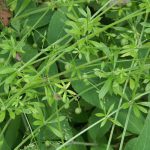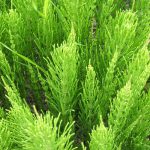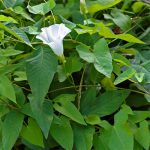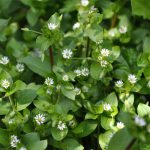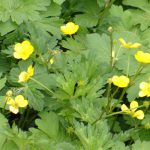Dock
Rumex

A common sight, the dock is recognisable by it’s wide leaves with prominent mid-rib. Strings of green flowers turn into brown seed-pods. The dock has a long tap root which all must be removed to eradicate. Beware rotovating where there are docks as each shredded piece will re-grow into a plant.
Leaves
This tall-stalked flowering perennial is characterised by the narrow leaves that curl along the edges. Long, narrow, lance-shaped leaves are curled and have wavy margins. They are about 15 – 30 cm long and decrease in size the higher up on the stem they grow.
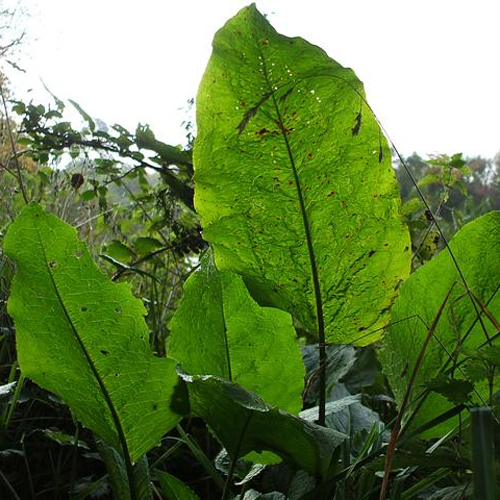
Flowers
Yellow dock flowers are green and sometimes a touch of red. It is 4 mm long; outer whorl of 3 green sepals and inner whorl of 3 red sepals. The flower has no petals. This unusual flower is located on a long slender, branching cluster at the top of a stem; flowers turn brown when they mature.
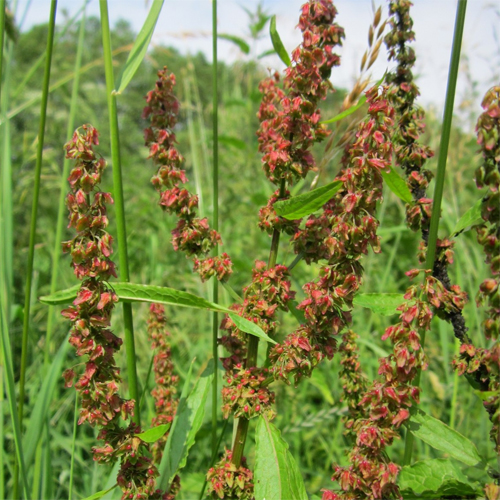
Preferred Habitat
The dock is widespread and can be found in many gardens as well as in fields, roadsides, parks etc.
Weed Control
Keep digging them out. It isn’t an easy job, as you need to get every last bit – any remaining fragments of root will re-sprout. Use a fork to avoid breaking up the root. Regular close mowing will keep most lawn infestations in check, as it prevents them from flowering and setting seed.
If you can’t get rid of a dock infestation by hand, you can use a total weedkiller, such as glyphosate, spraying directly on to the plant taking care to protect surrounding plants.
Not Just a Weed
The dock’s crumpled leaves are said to ease the pain of a nettle sting.
Yellow dock has been used as a multi-purpose plant for centuries. The aerial parts are a food source and the roots have strong medicinal values. The seeds are useful and interestingly, yellow dock seeds are viable for up to 80 years. Yellow dock is an ingredient in some herbal toothpastes.
Leaves in very small quantities can be eaten raw until the flower spikes appear. Yellow dock’s leaves can be cooked at any time so long as they are green. Leaves can be added to salads, cooked as a potherb or added to soups and stews. Stems can be consumed raw or cooked but they are best peeled and the inner portion consumed. Seeds can be eaten raw or cooked once they are brown. Yellow dock seeds can be used as a coffee substitute. The root contains the most medicinal properties; it can be boiled to make a bitter tea that detoxifies, helps the liver or skin ailments, and is used as a laxative. Caution: The leaves usually contain high levels of oxalic acid.



